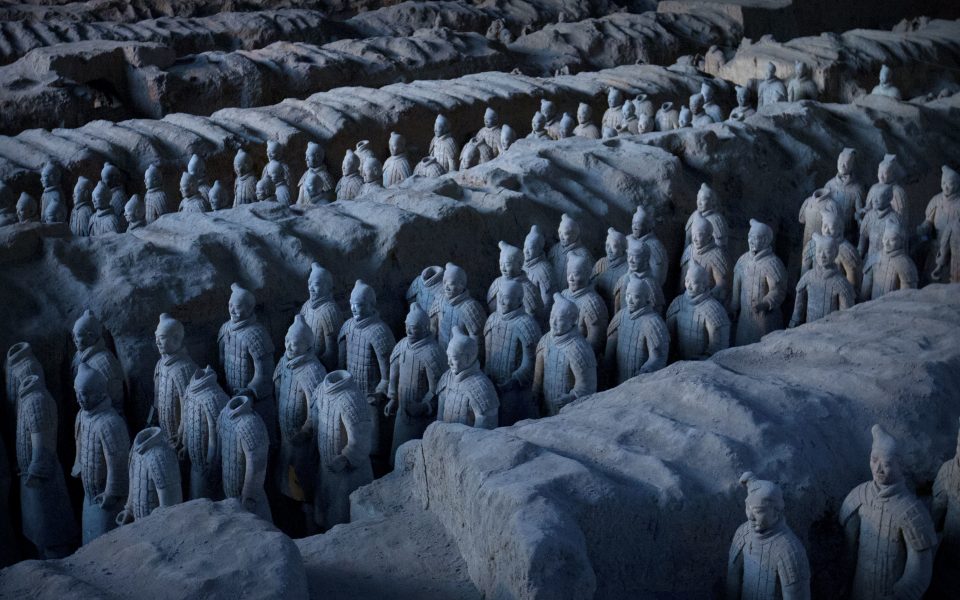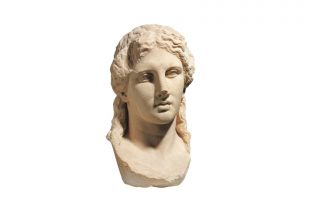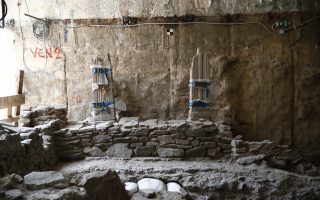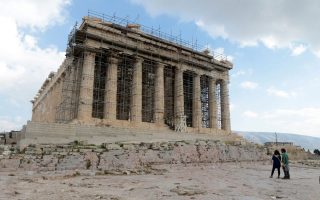Parallel space: Meet the Terracotta Warriors in Greece

To commemorate the China-Greece Year of Culture and Tourism, the Greek Ministry of Culture and Sports and its Chinese counterpart, the National Cultural Heritage Administration, have launched an online exhibition presenting the famous Terracotta Army of Xi’an, central China.
The initiative is part of a series of events over the coming months aimed at deepening cultural ties between the two countries, including the digitization of cultural heritage.
“Parallel Space: Meet the Terracotta Warriors in Greece,” hosted by the National Archaeological Museum in Athens and the Emperor Qinshihuang’s Mausoleum Site Museum in Xi’an, is a creative integration of the real world and virtual space, promoting further dialogue between the two ancient cultures.
The Chinese and Greek civilizations thrived over 2,000 years ago either side the Eurasian continent and shared a number of contacts in antiquity. By the 2nd century BC, ancient Chinese explorers and merchants encountered the Indo-Greeks of the Yavana Kingdom (modern-day Afghanistan, parts of Pakistan and northwestern India), referred to as the “Dayuan” (meaning “Great Ionians”) by explorer Zhang Qian.
Over the centuries, and through later Byzantine embassies and trade networks, Chinese and Greek diplomat-scholars engaged in mutual learning and exchange, notably in the fields of medicine, astronomy and philosophy.
The current online exhibition showcasing the Terracotta Army is the first of its kind in Greece. Visitors to the site come face-to-face with China’s unique collection of 2,000 life-sized warriors, all individually sculptured and buried in the Mausoleum of the First Qin Emperor in 210-209 BCE.
Visitors navigating the digital exhibition can learn about the long history of the archaeological excavations at Xi’an, an ancient city with six sites currently inscribed on the UNESCO World Heritage List, and explore a 360-degree interactive view of the Terracotta Warrior pits at the Qinling Museum.
Buried for over 2,000 years, the discovery of the Terracotta Army in 1974 initiated a series of large-scale excavations to uncover the extent of the site. Since then, some 2,000 life-sized terracotta soldiers and war horses, 30 chariots, and 40,000 bronze weapons have been unearthed, neatly arranged in three purposely dug pits. Two-thirds of the site remains buried.
A special feature of the online exhibition brings one of the Terracotta Warriors, a high-ranking military commander, face-to-face with a late Archaic Greek kouros, a statue of a nude male youth. Both statues, on display at the National Archaeological Museum in Athens, stand at 1.95 m, and provide a fascinating exercise in comparative art.
The Kroisos Kouros, dating to 540-515 BC and found in Anavyssos, east Attica, originally functioned as a funerary marker for a fallen warrior named Kroisos. The free-standing sculpture, featuring the enigmatic “archaic smile,” is considered a pioneering example of late Archaic Greek art.
The individual figures of the Terracotta Army, buried with the purpose of protecting the Qin Emperor in the afterlife, were all painted. Upon their discovery, archaeologists were astonished to see their bright colors disappear when exposed to the atmosphere.
The final and most detailed part of the exhibition is dedicated to the conservation of the Terracotta Warriors, including clever interactive sections on color restoration and pigment analysis. The accompanying videos showcase the painstaking work of archaeological conservators, while a final section presents the cutting-edge technology used in the analysis and recording of color residues on the Kroisos Kouros at the National Archaeological Museum in Athens.
The online exhibition runs until the end of February 2022.
This article first appeared in Greece Is (www.greece-is.com), a Kathimerini publishing initiative.





